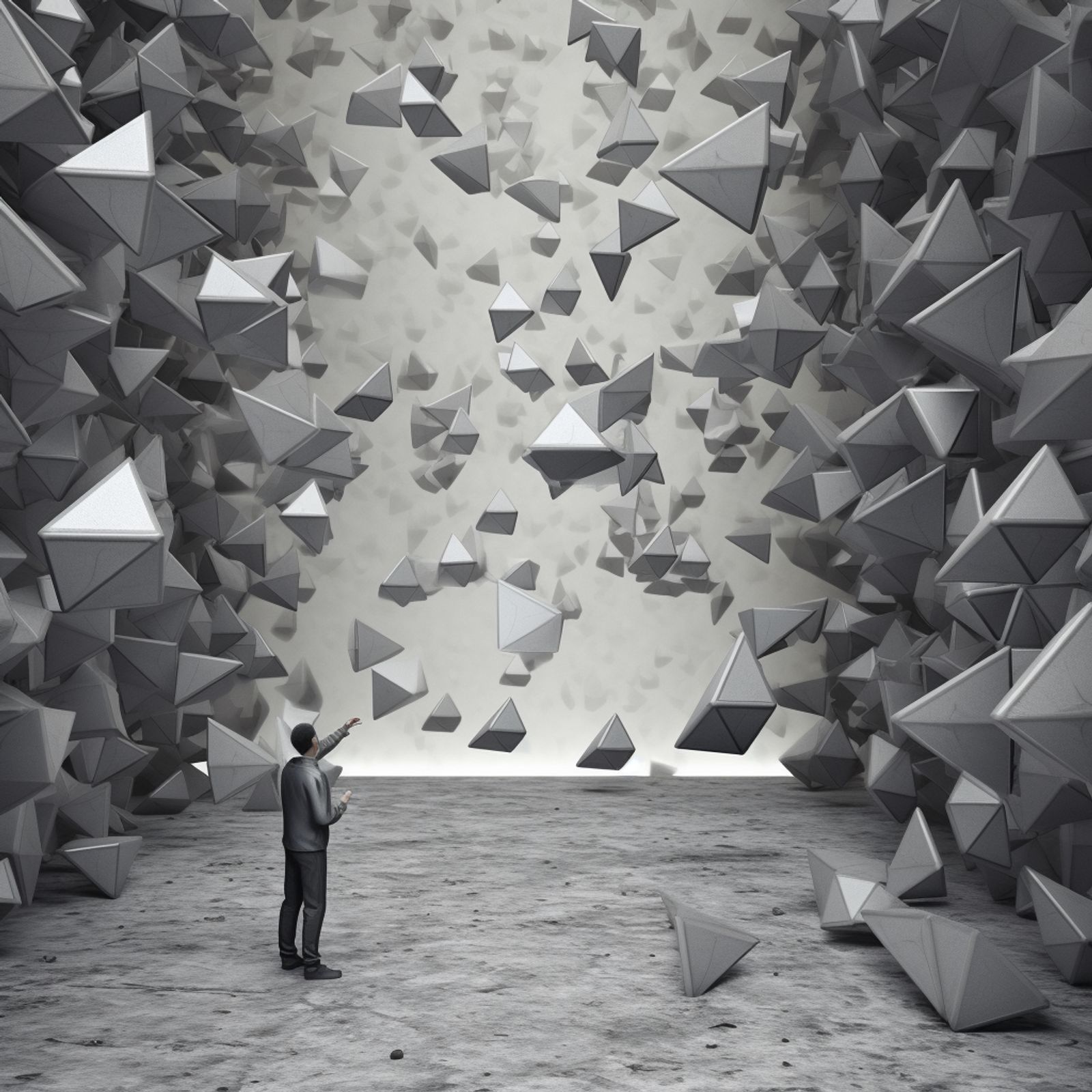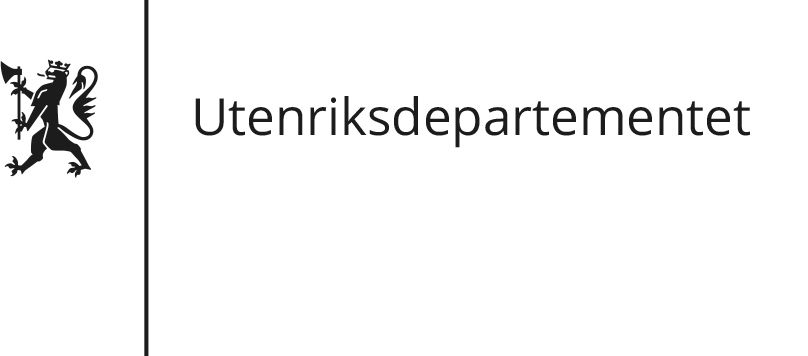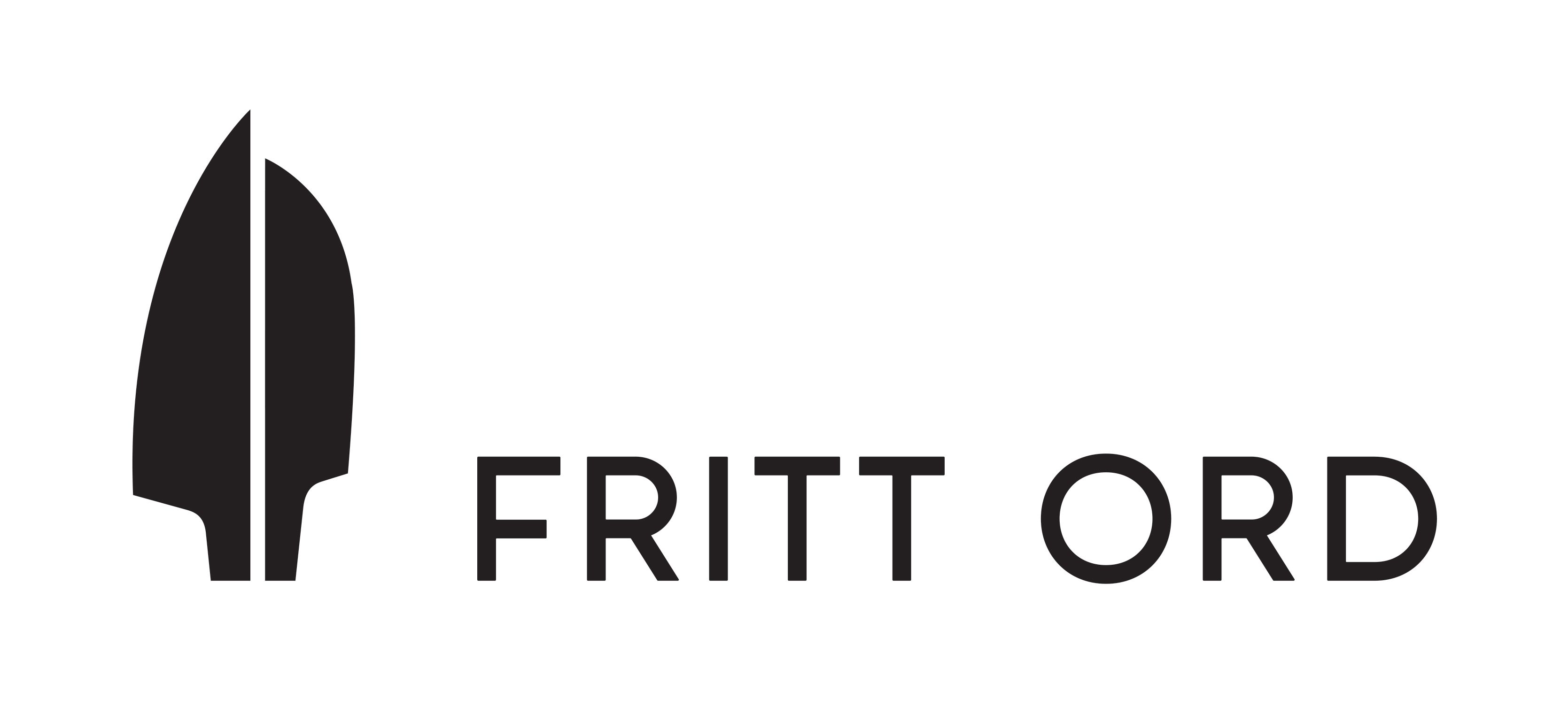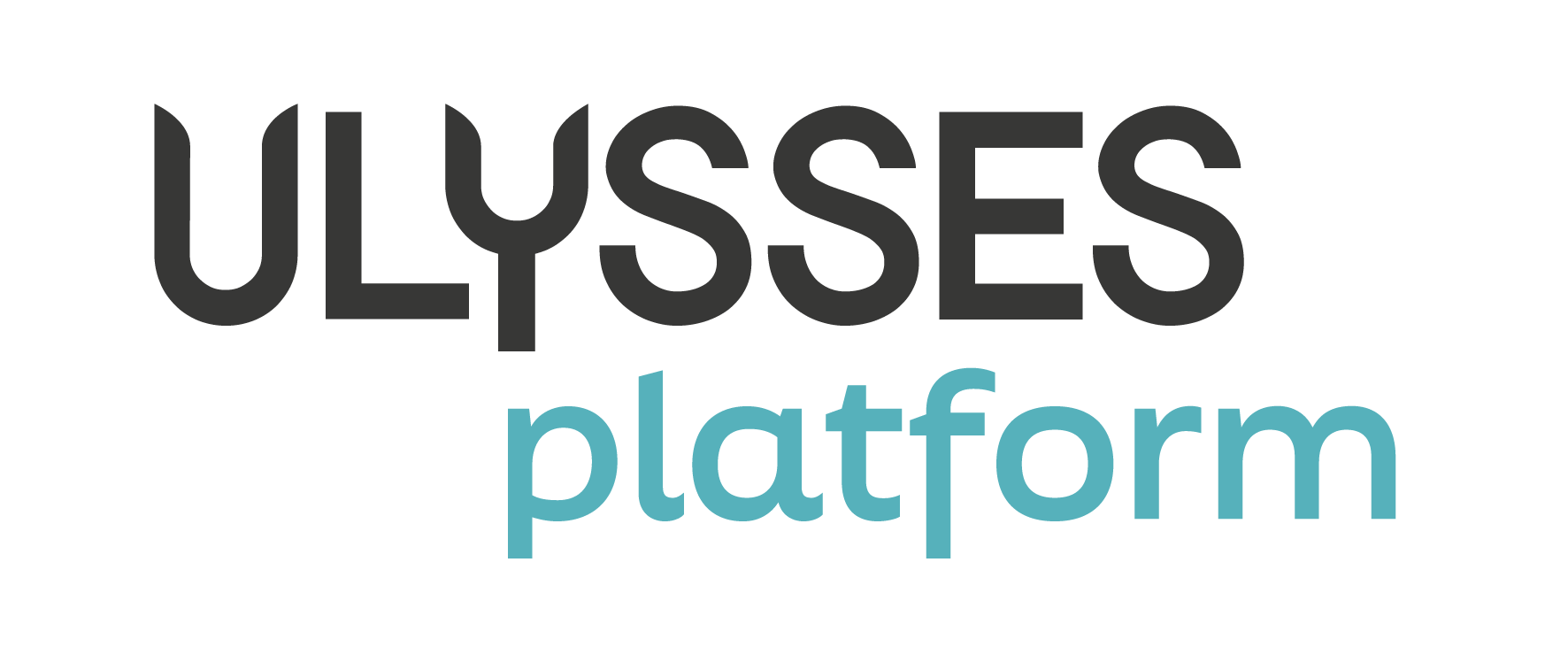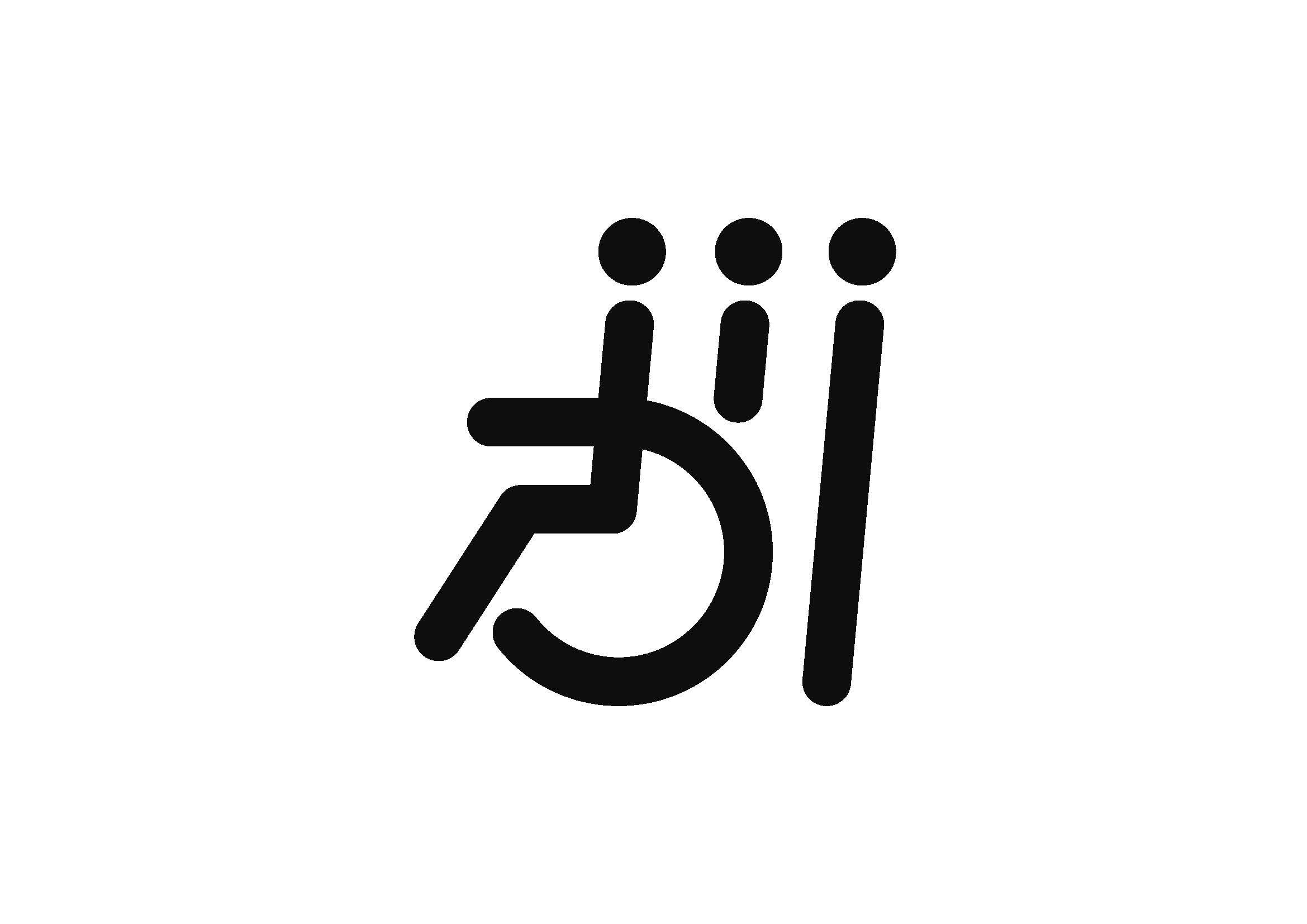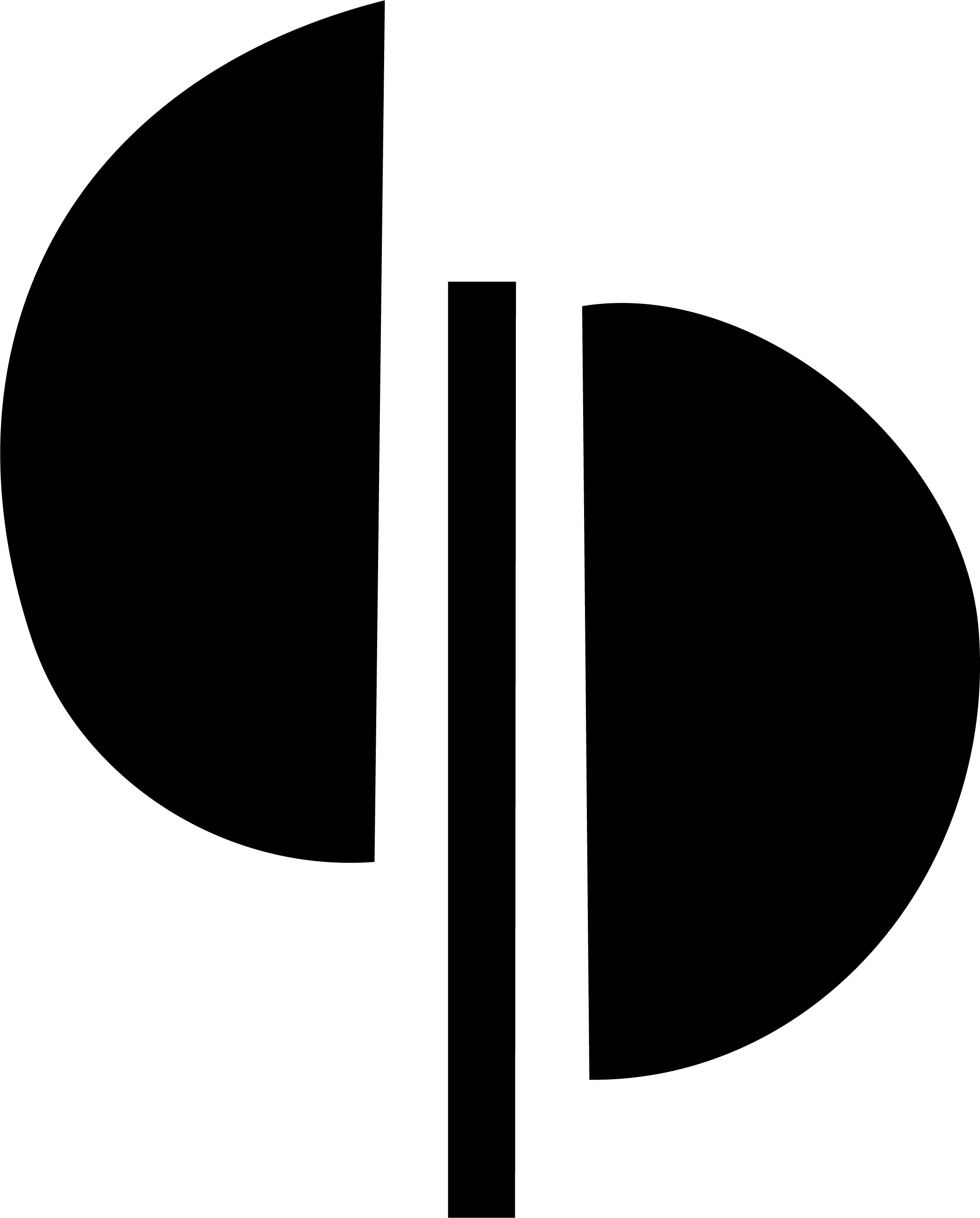Floating Pointers
Duo Rotkäppchen
Showings and tickets
Showings and tickets
Thursday, 21/09
Floating Pointers, a multimedia project for dancer, electronic music and video by Alisa Kobzar (composition) and Lisa McGuire (dance), takes inspiration from the concept of ‘pointers’ in computer science, where digital objects store memory addresses. In a fusion of human-computer interaction and collaborative creation, movement points to the music, the music points to the image, creating a multidirectional interaction.
The act of ‘pointing’ is connected to Ukrainian folksongs as cultural artifacts and a source of poetic memory. The dancer assumes the role of a data-center operator, nurturing and sortingthe cultural artifacts and their fragments across auditory layers. Sound objects assume a pivotal role: the heavily processed folksongs undergo digital manipulation, giving rise to new textures and abstract constructs. The composition thus evokes memories and associations while traversing between recognisable soundscapes and enigmatic sound.
NB: Limited seating. First come, first served.
In collaboration with RITMO – Centre for Interdisciplinary Studies in Rhythm, Time and Motion at the University of Oslo. The concert marks the end of Kobzar and McGuires residency at RITMO. Visitors will have the chance to visit the centre and become acquainted with its research and the advanced multimedia environment ‘fourMs Lab’, where the concert takes place.
ultimAdvisor
Betongmusikk
●●●●●○
Memory banks
It was Pierre Schaeffer, the French pioneer of musique concrete or tape based music, who first used the term ‘sound object’, the idea that a sound is more than just a musical note, but something with its own unique textural quality and identity. That’s the basis of Floating Pointers, where the duo allow themselves to be steered and shaped by machines that they themselves have taught. It’s extra poignant because of the Ukrainian sources of some of the musical sound objects.
Float-on
●●●●●○
Ghosts in the machine
Everyone is talking about artificial intelligence and machine learning at the moment but not everybody manages to produce really innovative results with it. Rotkäppchen duo seem to understand how human behaviour and memory can be affected and transformed by machines - and at the same time have made a visual and audio experience that is very memorable.
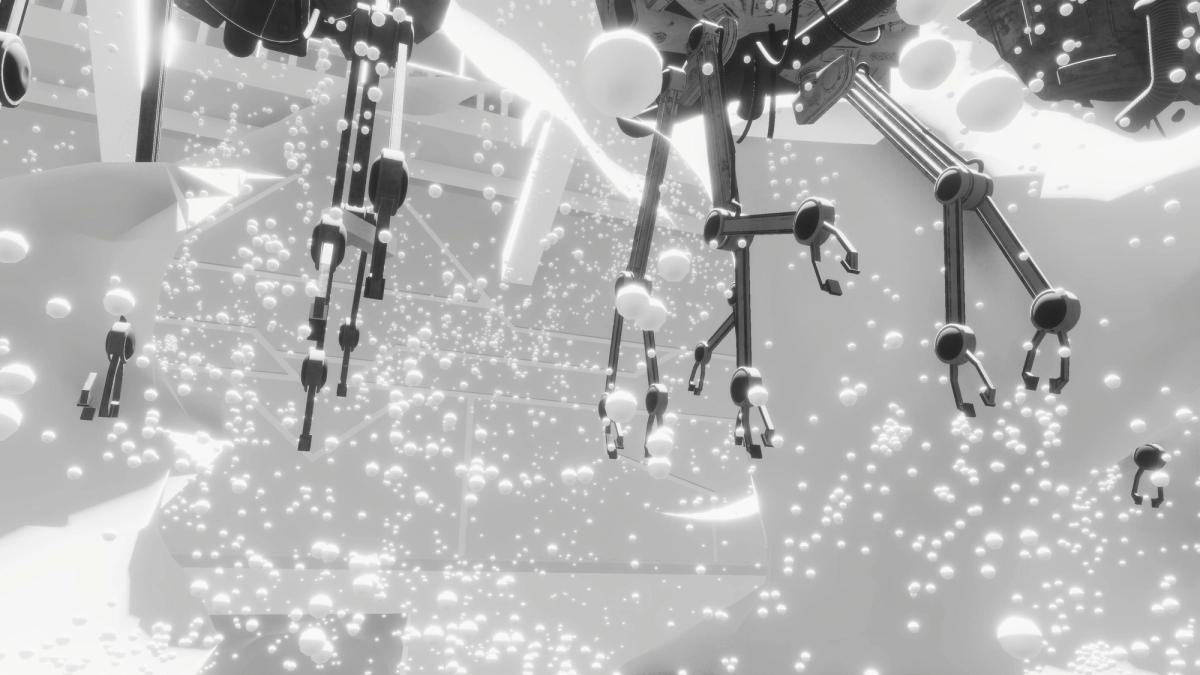
Image from Floating Pointers
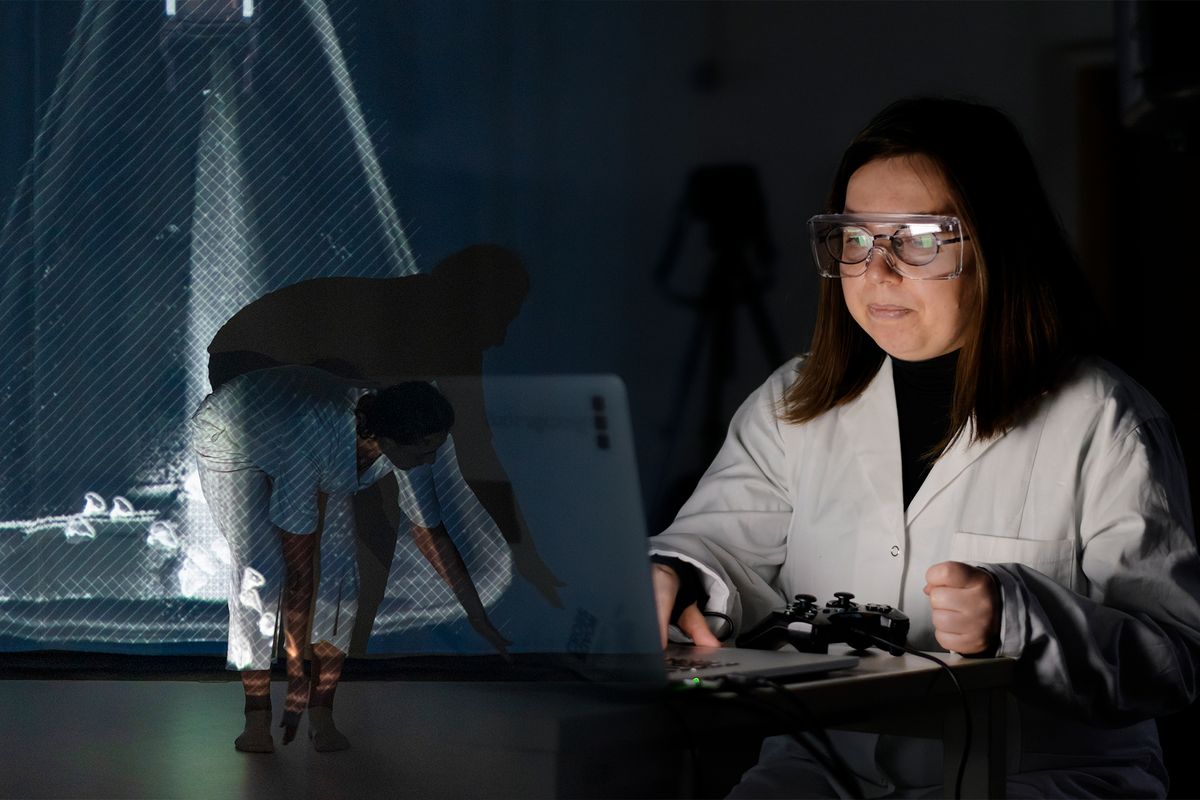
Alisa Kobzar I Photo: Art Rybchenko
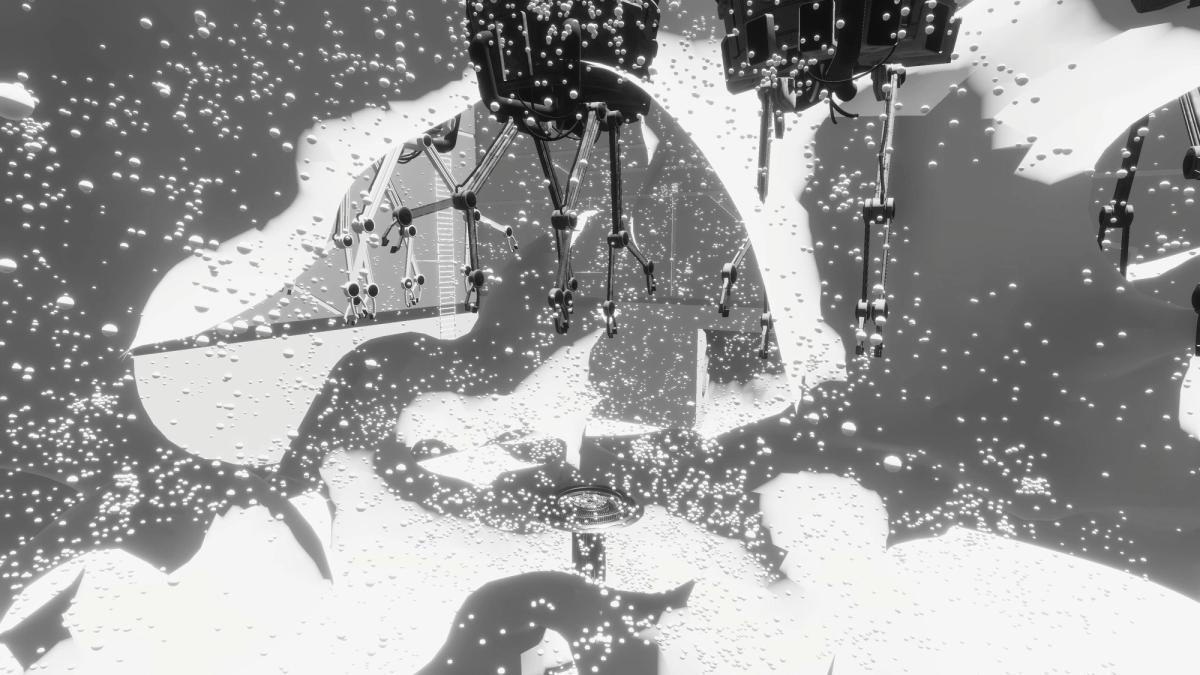
Image from Floating Pointers

Lisa McGuire I Photo: Art Rybchenko
In collaboration with
- ULYSSES Network
- Institutt for Musikkvitenskap, UiO
- RITMO
Supported by
- Creative Europe Programme of the European Union
- Sparebankstiftelsen DNB
